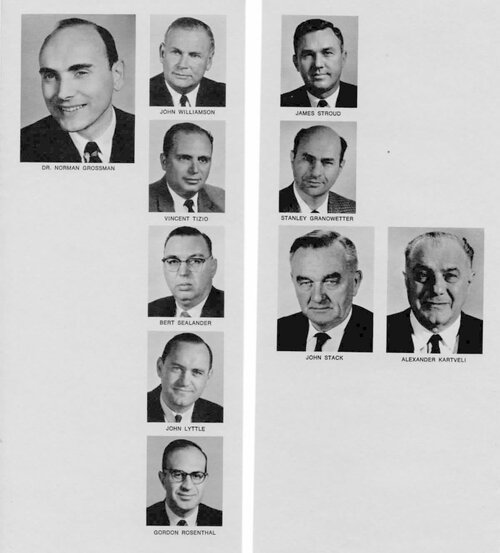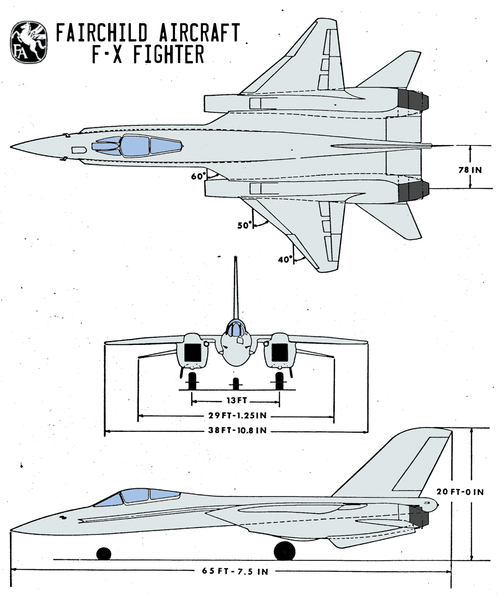- Joined
- 27 December 2005
- Messages
- 17,705
- Reaction score
- 26,103
Fairchild Hiller News April 1969Company Accelerates F-15 Design Efforts
Company efforts to win the designand production contract for the new Air Force F-15 air superiority fighter continue to accelerate with the Contract Definition phase competition now past the half way mark.
Assigned the highest priority by Fairchild Hiller, the F-15 has focused on it the talents of hundreds of engineers, management and design specialists.
The company’s design proposal must be submitted to the Air Force by June 30 with supporting cost data to follow not later than 31 July.
Evaluation of contractor proposals is expected to, take several months. The Air Force has announced that it will select a contractorfor the F-15 by the end of the year.
Other Developments
Meanwhile, there were these other significant developments in the F-15 program.
• Colonel Robert White, Air Force SPO, and a team of experts assigned to the System Program Office completed the first Program Review at Republic Aviation Division. A Program Review is just what its name implies. Company progress is checked to determine which program areas require management attention.
• Air Force officials delineated the differences between the Air Force F-15 and Navy F-14 fighter programs and scotched reports that efforts were being made to have the F-14 adopted as an all-service fighter.
• Edward G. Uhl, Fairchild Hiller President, told Republic Division employees: “We are Air Force contractors and very proud of it. Our Republic Division has
supplied the Air Force with over 25.000 fighters. We have the people. We have the resources. We have what I believe is the best F-15
design.”
• The Air Force announced that responsibility for F-15 logistics management has been assigned to Air Forcc Logistics Command’s Warner Robins Air Material Area (WRAMA) in Georgia.
Discount Rumors
• Dr. Norman Grossman, Fairchild Hiller Vice President and F-15 Program Manager, said the Long Island. N. Y., location of the Republic Division plant is no handicap to Fairchild Hiller efforts to win the F-15.
He discounted rumors concerning possible reluctance to award the Air Force fighter to Fairchild Hiller simply because Grumman Aircraft Engineering Company, also based on Long Island, has a contract to build the Navy’s F-14 fighter.
The Air Force has emphasized that what it wants is to get the best fighter possible and that it would be unwise to put contractor selection on any other basis, Dr. Grossman pointed out.
Long Island has the skilled labor force required as well as a tradition of building outstanding fighter aircraft for the military services, he said.
Highest Priority
Development of the F-15 has been given the highest Air Force priority. The Air Force has described it as a highly maneuverable, single place, twin engine, jet fighter to become operational in the mid-1970s.
Its purpose will be to gain air superiority over the enemy and absolute supremacy over the battlefield, according to Gen. J. P. McConnell, Air Force Chief of Staff.
The Air Force has assigned a group of fighter pilots to its System Program Office at Wright Patterson AFB to help design the new fighter. The office is headed by Col. Robert White.
Republic designed and built the last fighter designed solely for the Air Force. That was the F-105 Thunderchief which has earned a reputation in Southeast Asia as ‘the finest aircraft in the war." The F-105 is considered the Air Force’s No. 1 fighter-bombcr.
Attachments
Last edited:




















